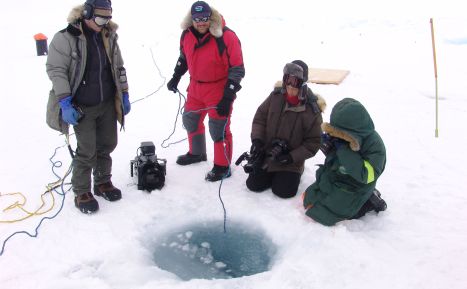
When you learn or read about glaciers, you might wonder why scientists spend so much time and efforts on their studies of these glaciers. However, there are several reasons why they do so. These huge boxes of ice called glaciers play an important role in the deposition and erosion of landforms. The way the Earth now looks like is also because of several glaciers. Glaciers can drastically change various geological features. Many geological processes happen because of these changes. Thus, we can only learn about these changes by studying glaciers.
As an example of geological feature changes, we can observe valleys that have a u-shaped carving in their middle connective portion. Now, scientists can easily tell that this carving has been done by glaciers rather than by a river. This is because a river carves a v-shaped valley. This observation by these scientists is made possible by their study of glaciers. In the same way, glaciers also play a critical role in determining the climate of a place. There are several changes constantly happening in climatic and oceanic systems, and these changes could occur due to these iceboxes. We may make estimates about the long-term change in climate if we have studied about the behavior of glaciers.
The freezing, trapping and melting stages of glaciers can cause differences in climate and surface conditions. Additionally, several human activities can also cause changes to the forms of glaciers. Thus, scientists can predict about all possible changes on Earth through a study of glaciers. It helps them warn people of any dangerous happenings that could take place due to the freezing or melting of glaciers. Thus, a wide range of natural phenomena can be observed and understood if scientists conduct studies on glaciers. Glacier studies can help us keep a watch on our activities over a short or long period of time.